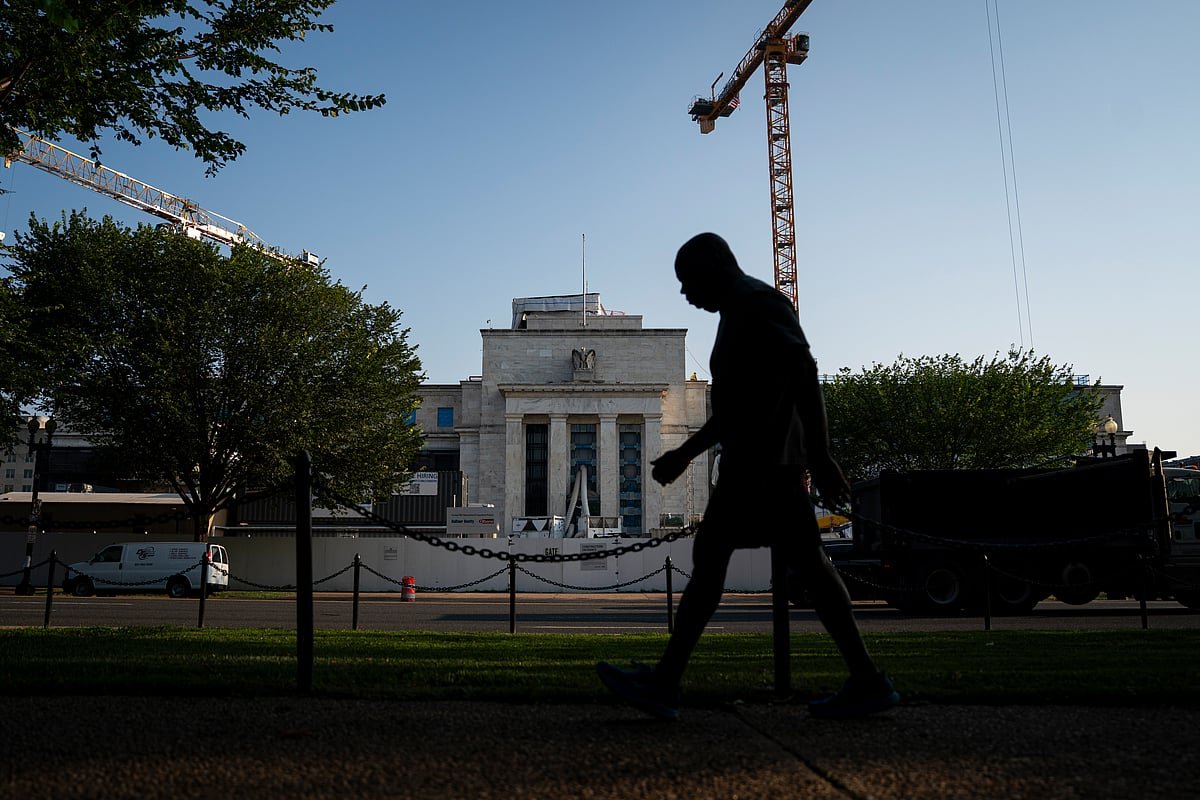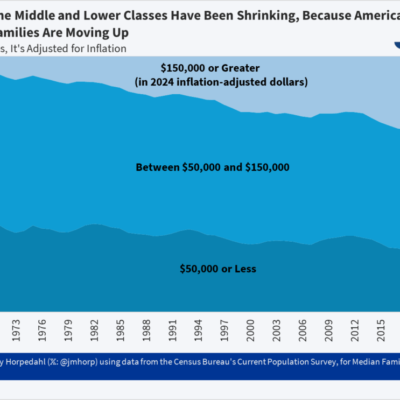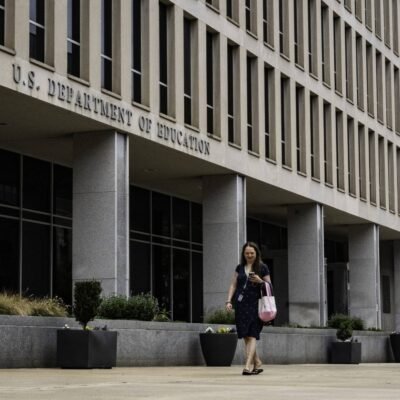The 10-year note rose 3 basis points to 4.17%, while the 30-year climbed 1 basis point to around 4.76%. Longer-dated yields lagged the increase in other maturities and that resulted in a flatter Treasury curve. The rate gap from five to 30 years fell below 1 percentage point for the first time since Aug. 11.
A flatter curve tends to result when the market doubts the Fed’s ability to deliver a series of rate cuts toward the anticipated cycle low. Until this week traders had seen that low as likely around 3%, but a market measure of the terminal rate for this cycle has climbed to 3.11%.
“This month’s dataset takes the odds of a recession scenario a touch lower and the odds of a recovery a touch higher,” said Ed Al-Hussainy, a portfolio manager at Columbia Threadneedle Investment. “The net effect is to reprice the terminal rate higher.” He sees scope for it to move toward 3.5%, which would flatten the curve.
What Bloomberg Strategists say…“Traders are backing further away from the prospect of two more interest-rate cuts from the Federal Reserve by year-end, as a more robust set of economic data on Thursday signaled the economy may not need much more in the way of easing.”—Kristine Aquino, managing editor, Markets LiveFor the full analysis, click here.
Meanwhile, swaps indicate traders are pricing in around 20 basis points of easing at the Oct. 28-29 Fed meeting, down from about 22 basis points seen late Wednesday. For the year, swaps now show less than a combined 38 basis points for the October and December meetings, from around 42 basis points on Wednesday.
“Our view for neutral is 3%, so it’s fairly priced for the most part,” said Molly Brooks, a US rates strategist at TD Securities. The bank expects “two more cuts in 2025 and then quarterly cuts in 2026,” and Brooks said that view was “not too dissimilar” to what the market is pricing.





